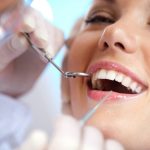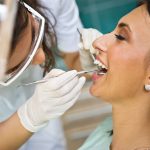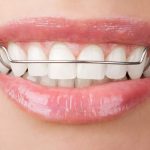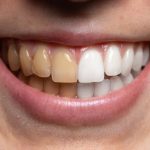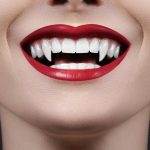Get Perfect Teeth: Expert Tips and Tricks for a Brighter Smile
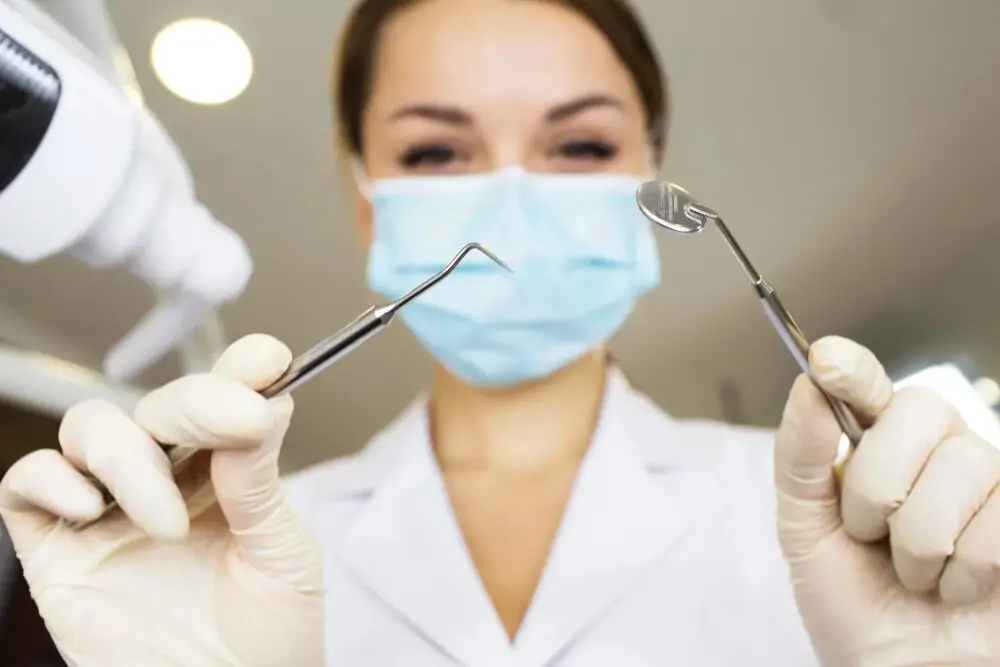
Having a perfect set of teeth is not only essential for your overall health but also plays a vital role in boosting your confidence and self-esteem. A bright and radiant smile can make a significant difference in how you present yourself to the world. However, achieving the perfect teeth requires more than just regular brushing and flossing. It takes dedication, commitment, and the right set of tips and tricks to ensure you have a brighter and healthier smile. In this article, we will explore some expert tips and tricks to help you achieve the perfect teeth you have always desired. We will cover a range of topics, including proper oral hygiene, dietary habits, and lifestyle changes that can improve the health and appearance of your teeth. Whether you are looking to enhance your smile for personal or professional reasons, these tips and tricks will help you get the perfect teeth you deserve.
Good dental hygiene and a bright smile are essential for overall health and well-being, as well as confidence and self-esteem. Brushing, flossing, and regular dental check-ups help prevent tooth decay, gum disease, and other oral health problems. Maintaining oral hygiene also contributes to a bright and beautiful smile, which can enhance one’s appearance and make a positive first impression. A healthy and bright smile can boost confidence and self-esteem, leading to improved social interactions and overall happiness. Therefore, it is crucial to prioritize dental hygiene and take steps to achieve a perfect, bright smile.
Brushing Techniques
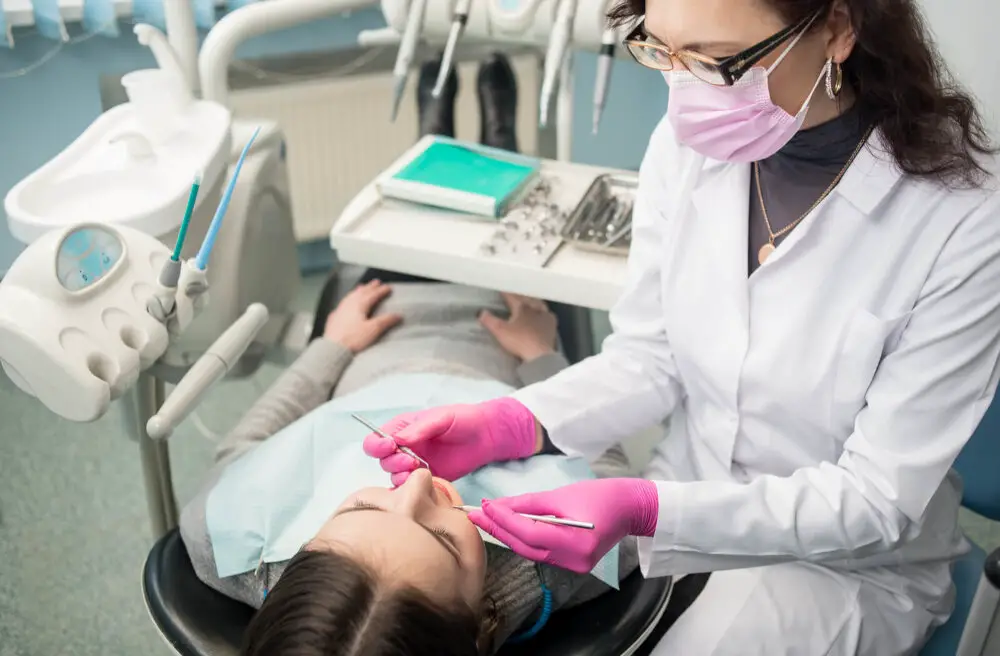
Healthy teeth are essential for a bright and confident smile. Brushing your teeth twice a day is an essential part of maintaining good oral hygiene, but it’s equally important to use the right technique to ensure that you’re cleaning your teeth effectively. Here are some brushing techniques that you can follow to keep your teeth healthy and sparkling. Firstly, make sure that you’re using a toothbrush with soft bristles. Hard bristles can damage your teeth and gums, which can lead to sensitivity and bleeding. Start by holding your toothbrush at a 45-degree angle to your gums and use gentle circular motions to clean your teeth. Pay special attention to the back teeth and the areas around fillings, crowns, and other dental work. Brush for at least two minutes, making sure to cover all surfaces of your teeth, including the front, back, and chewing surfaces. Finally, don’t forget to brush your tongue to remove any bacteria that may cause bad breath. By following these brushing techniques, you’ll be able to maintain healthy teeth and a confident smile.
Brushing twice a day is essential for maintaining good oral hygiene and preventing tooth decay, gum disease, and bad breath. The first brushing should be done in the morning, after breakfast, to remove bacteria and food particles that have accumulated in the mouth overnight. The second brushing should be done before bedtime, to remove the day’s accumulated plaque and bacteria. Brushing twice a day with a fluoride toothpaste can also help strengthen the teeth and prevent cavities. In addition to brushing, it’s important to floss daily and visit the dentist regularly for checkups and cleanings. By following these simple steps, you can keep your teeth healthy and beautiful for years to come.
One of the most important aspects of maintaining a healthy and bright smile is proper brushing technique. To start, place the toothbrush at a 45-degree angle to the gums and use gentle circular motions to brush the teeth. Don’t forget to brush the tongue and the roof of your mouth to remove any bacteria and freshen your breath. It’s also important to use a toothbrush with soft bristles to avoid damaging your enamel and gums. Brush for at least two minutes, twice a day, and be sure to replace your toothbrush every three to four months. By following these simple steps, you can keep your teeth in great shape and enjoy a beautiful, confident smile.
Using the right toothbrush and toothpaste is crucial for maintaining good oral health and achieving a brighter smile. When it comes to toothbrushes, it’s important to choose one with soft bristles that won’t damage the enamel of your teeth or irritate your gums. Electric toothbrushes are also a great option for those who want a deeper clean. As for toothpaste, look for one that contains fluoride to strengthen your teeth and prevent decay. Additionally, toothpaste with whitening agents can help remove surface stains and brighten your smile. Remember to brush twice a day for at least two minutes and replace your toothbrush every three to four months for optimal results.
When it comes to brushing your teeth, it is recommended that you do it for at least two minutes each time. This may seem like a short amount of time, but it can make a huge difference in the health and appearance of your teeth. By brushing for the full two minutes, you can ensure that you are reaching all areas of your mouth and removing any plaque or buildup that may be present. It is also important to use a proper technique, such as using gentle circular motions and brushing at a 45-degree angle to the gum line. By following these guidelines and consistently brushing for the recommended amount of time, you can achieve a brighter, healthier smile.
Flossing Techniques
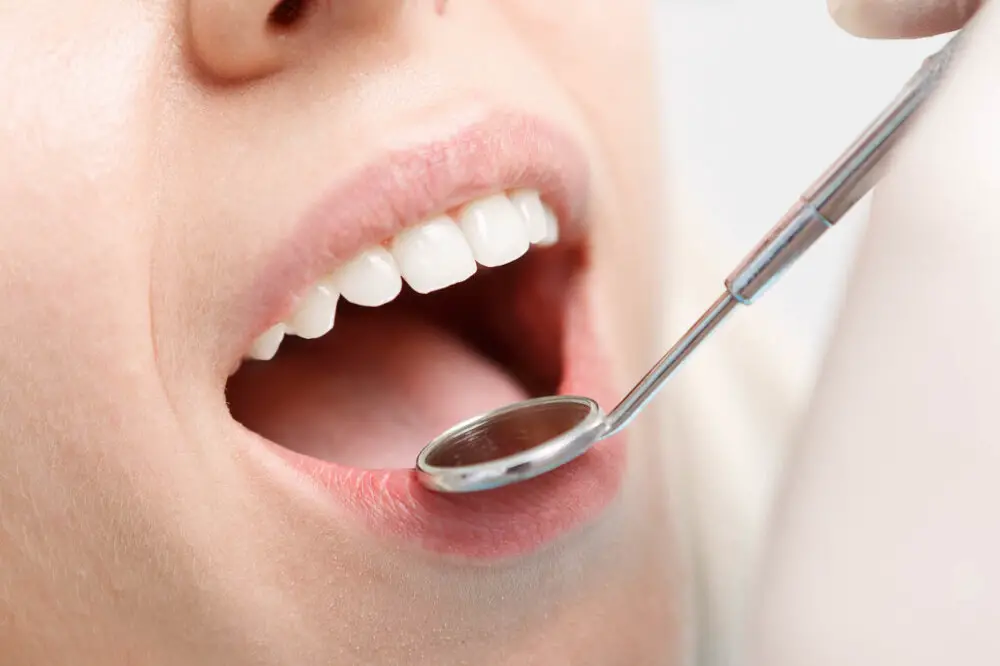
Flossing is an essential part of oral hygiene that helps remove food particles and plaque from between teeth and along the gum line. However, many people struggle with flossing techniques and end up skipping this important step. The first step in proper flossing technique is to use enough floss, about 18 inches. Wind most of the floss around one finger and the rest around the other finger. Hold the floss tightly between your thumbs and forefingers, and gently insert it between your teeth. Use a gentle back-and-forth motion to guide the floss between your teeth, following the curve of each tooth. Be careful not to snap or force the floss, as this can damage your gums. Once you reach the gum line, curve the floss into a C-shape against one tooth and gently slide it under the gum line. Repeat this process for each tooth, using a new section of floss for each tooth. There are also different types of floss that you can use, such as waxed or unwaxed floss, dental tape, or floss picks. Whichever type of floss you choose, make sure to use it daily to keep your teeth and gums healthy. If you find traditional flossing difficult, you can also try using an interdental brush or water flosser. These tools can be especially helpful for people with braces, bridges, or other dental appliances. With proper flossing techniques and regular dental checkups, you can maintain a healthy smile for years to come.
Flossing daily is a crucial step in maintaining oral hygiene and achieving perfect teeth. While brushing can remove most of the food particles and bacteria from the surface of our teeth, it cannot reach the tight spaces between them. Flossing, on the other hand, can remove the plaque and debris from these areas, preventing the formation of cavities and gum diseases. Failing to floss regularly can lead to bad breath, gum inflammation, and even tooth decay, resulting in costly dental procedures. Therefore, it is essential to make flossing a part of our daily oral care routine to achieve a brighter, healthier smile.
Flossing is an essential part of oral hygiene that shouldn’t be overlooked. Correct flossing technique entails using a long piece of dental floss (about 18 inches) and wrapping it around your middle fingers while holding it taut with your thumbs and index fingers. Then, gently glide the floss between your teeth, moving it up and down in a saw-like motion to remove plaque and food particles. Be careful not to snap the floss onto your gums, as it can cause injury. Flossing at least once daily in conjunction with brushing your teeth can prevent gum disease, cavities, and bad breath.
When it comes to maintaining good oral hygiene, flossing is an important aspect. There are different types of floss available in the market, such as waxed, unwaxed, flavored, and unflavored. Waxed floss is coated with wax, making it easy to slide between teeth, while unwaxed floss is thinner and easier to maneuver in tight spaces. Flavored floss comes in different flavors such as mint, cinnamon, and even bacon, making it more pleasant to use. On the other hand, unflavored floss is a good option for people with sensitive teeth or those who prefer a more neutral taste. Choosing the right type of floss can make all the difference in maintaining good oral hygiene and achieving a brighter smile.
Flossing with braces or other dental appliances can be a bit tricky, but it is essential to maintain healthy teeth and gums. First, start by using an orthodontic floss threader to guide the floss under the wires and between your teeth. Then, carefully slide the floss up and down the sides of each tooth, making sure to get beneath the gum line. It may take a bit more time and patience, but it is crucial to remove any food particles or plaque buildup that can lead to decay or gum disease. Additionally, using an interdental brush or water flosser can also help clean hard-to-reach areas and improve overall oral hygiene. By incorporating these techniques into your daily routine, you can ensure that your teeth and braces stay healthy and strong.
Diet and Lifestyle Habits
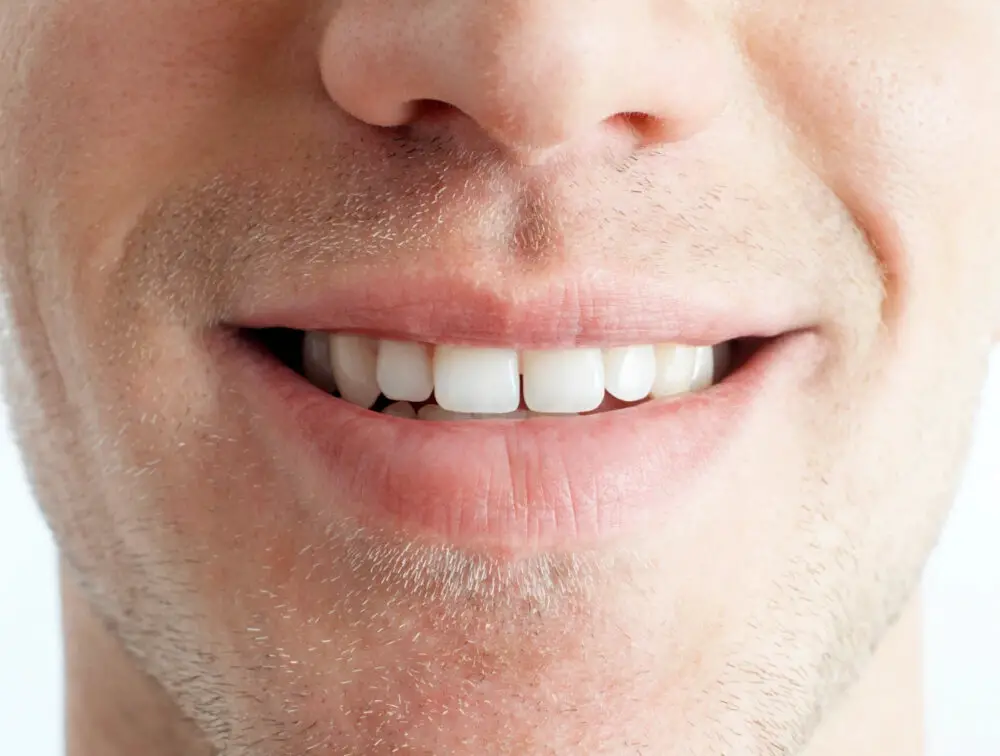
Maintaining a healthy diet and lifestyle habits can have a significant impact on the health and appearance of your teeth. Consuming a diet rich in fruits, vegetables, and dairy products can provide your teeth with the necessary nutrients to stay strong and healthy. Calcium and phosphorus found in dairy products are essential for strengthening tooth enamel, while fruits and vegetables contain vitamins and minerals that promote healthy gum tissue. In addition to consuming a healthy diet, it is important to limit your intake of sugary and acidic foods and beverages. These substances can erode tooth enamel and lead to tooth decay and discoloration. It is also crucial to stay hydrated by drinking plenty of water, as this can help rinse away food particles and bacteria that can cause plaque and bad breath. In addition to maintaining a healthy diet, it is important to practice good oral hygiene habits to keep your teeth looking and feeling their best. Brushing your teeth twice a day with fluoride toothpaste can help remove plaque and prevent tooth decay. Flossing daily can also help remove plaque and food particles from between your teeth and along the gum line. Regular dental check-ups and cleanings are also essential for maintaining good oral health, as your dentist can identify and treat any issues before they become more serious. By making a few simple changes to your diet and lifestyle habits, you can enjoy a brighter, healthier smile for years to come.
Maintaining good oral health requires more than just brushing and flossing regularly. The food and drink choices we make also play a crucial role in keeping our teeth healthy and strong. It’s important to avoid sugary and acidic foods and drinks that can erode enamel and contribute to tooth decay. This includes soda, sports drinks, candy, and baked goods. Additionally, foods that are hard, sticky, or chewy can also damage teeth by causing cracks or chips. By making mindful choices when it comes to what we eat and drink, we can help protect our teeth and maintain a bright, healthy smile.
Maintaining good oral hygiene is crucial for achieving perfect teeth and a brighter smile. While brushing and flossing regularly are essential, your diet can also have a significant impact on your oral health. Consuming foods rich in calcium and vitamin D, such as milk, cheese, and leafy greens, can help strengthen your teeth and bones. Crunchy fruits and vegetables, such as apples and carrots, can also help clean teeth and stimulate saliva production, which neutralizes acid and helps prevent tooth decay. Additionally, drinking plenty of water and avoiding sugary drinks can further promote healthy teeth and gums. Making smart food and drink choices can go a long way in maintaining a beautiful and healthy smile.
Smoking and alcohol have severe impacts on oral health, causing a range of dental problems. Smoking can lead to tooth discoloration, bad breath, gum disease, and even tooth loss. Nicotine in cigarettes can also reduce the blood flow to the gums, leading to weakened gums that are more susceptible to infections. Alcohol consumption can cause dry mouth, which can lead to tooth decay, and erosion of tooth enamel. Regular alcohol use can also increase the risk of developing oral cancer. It is essential to reduce or eliminate these habits for maintaining good oral health and achieving a brighter smile.
Aside from brushing and flossing, there are other lifestyle habits that can significantly impact your oral health. One of these habits is smoking or using tobacco products, which can cause gum disease, tooth decay, and even oral cancer. Consuming sugary and acidic foods and drinks can also contribute to tooth decay and erosion. Moreover, excessive alcohol consumption can cause dry mouth, which can lead to bad breath and an increased risk of tooth decay. Lastly, clenching or grinding your teeth, especially at night, can lead to jaw pain, headaches, and worn-down teeth. By adopting healthy lifestyle habits, you can protect your oral health and maintain a bright, healthy smile.
Professional Treatments
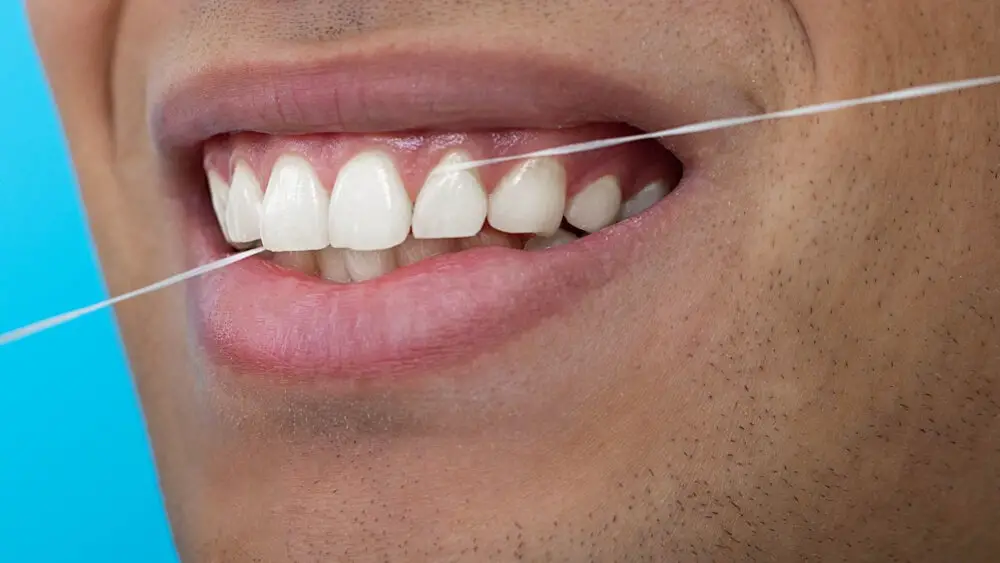
Professional treatments are an excellent way to achieve a perfect smile. These treatments are performed by trained dental professionals who use the latest technology and techniques to enhance the appearance of your teeth. One of the most popular professional treatments is teeth whitening. This procedure involves the use of a special gel that is applied to your teeth. The gel is then activated with a special light, which helps to remove stains and discoloration from your teeth. Teeth whitening is a fast and effective way to improve the appearance of your smile, and the results can last for several months. Another popular professional treatment is veneers. Veneers are thin, custom-made shells that are placed over your existing teeth. They are designed to cover imperfections such as chips, cracks, and stains, and they can also be used to improve the shape and size of your teeth. Veneers are a great option for people who want to achieve a perfect smile without undergoing extensive dental work. They are long-lasting and require minimal maintenance, making them a popular choice for many people. If you are considering professional treatments to improve the appearance of your teeth, be sure to consult with a dental professional to determine which treatment is right for you.
Professional teeth cleaning is a crucial part of maintaining good oral health. During a professional teeth cleaning, a dental hygienist will remove any built-up plaque and tartar, which can cause gum disease and tooth decay. The hygienist will also examine your gums for any signs of inflammation or bleeding, which could indicate gum disease. After cleaning your teeth, the hygienist will polish them to remove any surface stains and leave your teeth looking and feeling fresh. Professional teeth cleaning is recommended every six months for most people, but those with certain health conditions may need more frequent cleanings. Regular professional teeth cleanings, combined with good oral hygiene habits at home, can help keep your smile healthy and bright for years to come.
There are various options available for teeth whitening, from over-the-counter products to professional treatments. Whitening toothpaste, strips, and gels are easily accessible and can be used at home. However, they may not be as effective as professional treatments. Professional teeth whitening options include in-office treatments and at-home kits provided by dentists. In-office treatments involve the use of stronger bleaching agents and can provide quick results. At-home kits, on the other hand, may take longer to show results but are more convenient and cost-effective. It is important to consult with a dentist to determine the best teeth whitening option for you, as some treatments may not be suitable for individuals with sensitive teeth or certain dental conditions.
Orthodontic treatments are a popular and effective way to correct teeth alignment and improve the overall appearance of one’s smile. With the use of braces, retainers, and other devices, orthodontic treatments can address issues such as crooked teeth, overcrowding, and bite problems. These treatments can also improve oral health by making it easier to clean teeth and reducing the risk of gum disease and tooth decay. While orthodontic treatments can take several months or even years to complete, the results can be life-changing, boosting confidence and self-esteem as well as improving overall dental health.
There are various cosmetic dental treatments that can help you achieve a perfect smile. One of them is teeth whitening, which is a popular procedure that involves removing stains and discoloration from the teeth. Another option is veneers, which are thin shells made of porcelain or composite material that are placed over the front of the teeth to improve their appearance. Bonding is also a cosmetic dental treatment that involves applying a tooth-colored resin to the surface of the teeth to correct imperfections such as chips or gaps. Invisalign is another treatment that can help straighten crooked teeth without the use of traditional braces. Overall, there are many options available to improve the appearance of your teeth and achieve a brighter, more confident smile.
Good dental hygiene is incredibly important for maintaining a healthy smile. Not only does it prevent tooth decay and gum disease, but it also helps to keep your teeth looking bright and attractive. Regular brushing, flossing, and dental check-ups can go a long way in ensuring that your teeth remain strong and healthy. A bright and beautiful smile can boost your confidence and make you feel more attractive and self-assured. By taking good care of your teeth, you can enjoy a dazzling smile that will light up any room. So don’t hesitate to prioritize your dental health and hygiene – your smile will thank you for it!
Maintaining good oral hygiene is crucial for having a brighter smile. Brush your teeth twice a day with fluoride toothpaste and floss daily to remove plaque and food particles from between your teeth. Avoid sugary and acidic foods and drinks that can erode tooth enamel and cause cavities. Also, limit your intake of coffee, tea, and red wine, which can stain your teeth. Regular dental checkups and cleanings can help prevent gum disease and detect any dental issues early on. If you want to further enhance your smile, consider teeth whitening treatments or dental veneers. By following these tips and tricks, you can maintain good oral health and achieve a brighter, more confident smile.
Conclusion

In conclusion, achieving perfect teeth and a brighter smile requires a combination of expert tips and tricks, along with consistent oral hygiene practices. From regular brushing and flossing to using the right dental products and seeking professional dental care, there are many ways to improve the appearance and health of your teeth. Additionally, avoiding certain foods and drinks that can stain or damage teeth and adopting healthy habits, such as quitting smoking and reducing sugar intake, can also contribute to a more radiant smile. With dedication and effort, anyone can achieve the confidence and beauty that come with a healthy, perfect set of teeth.


